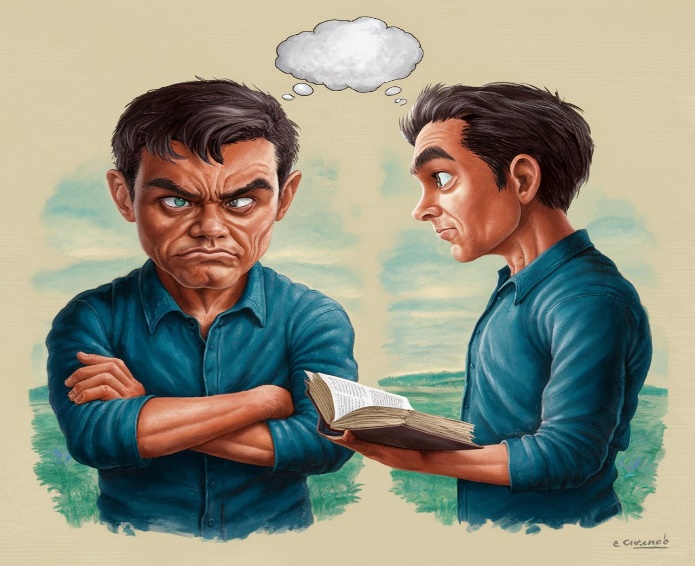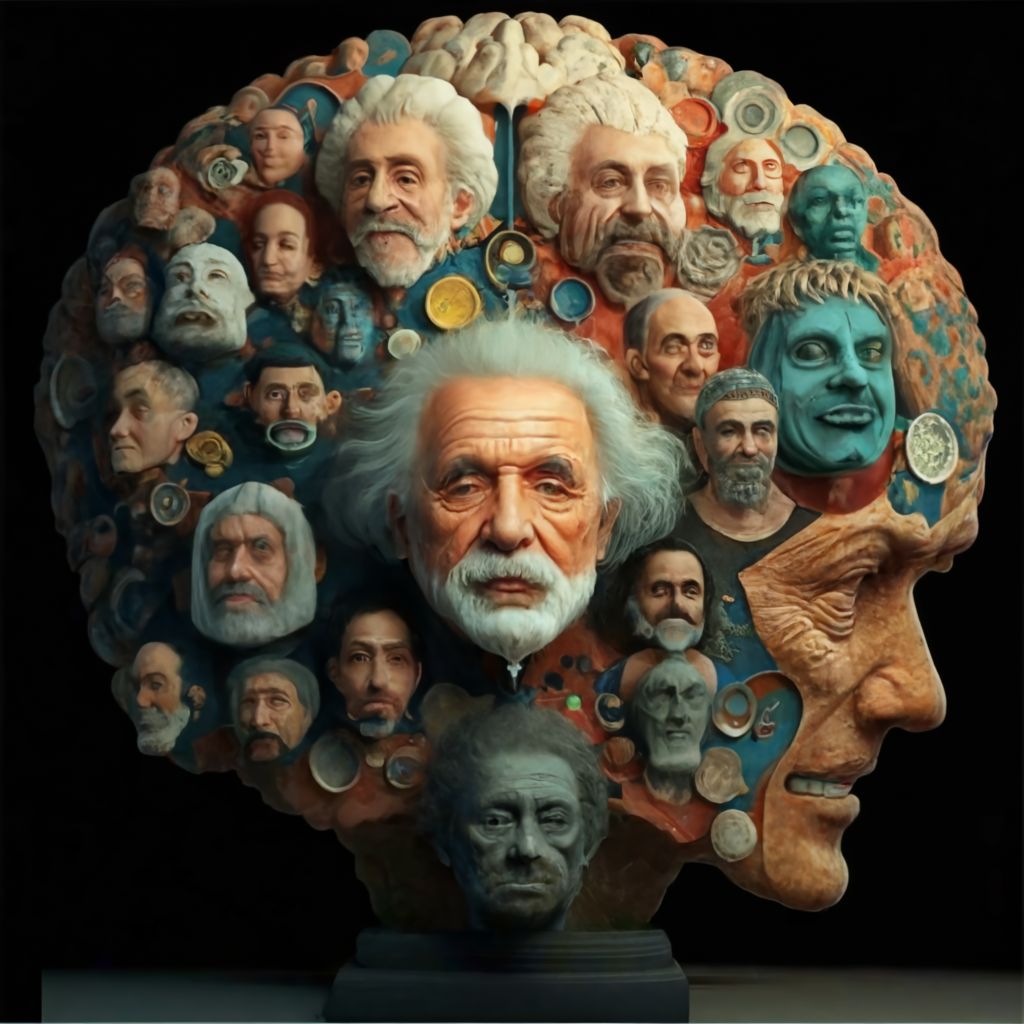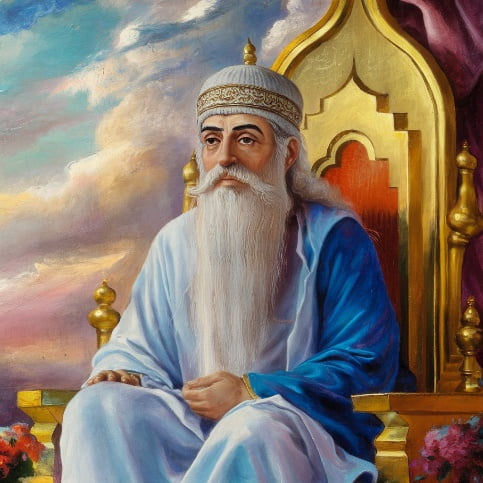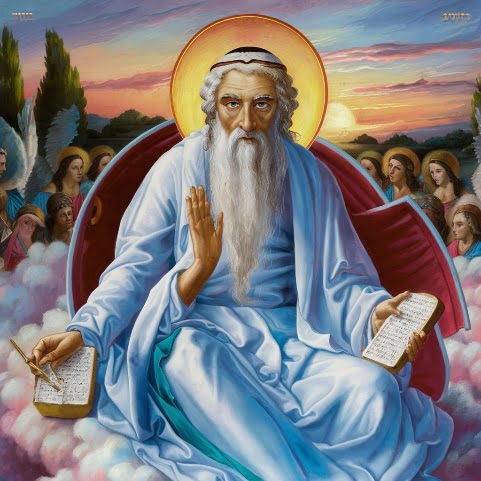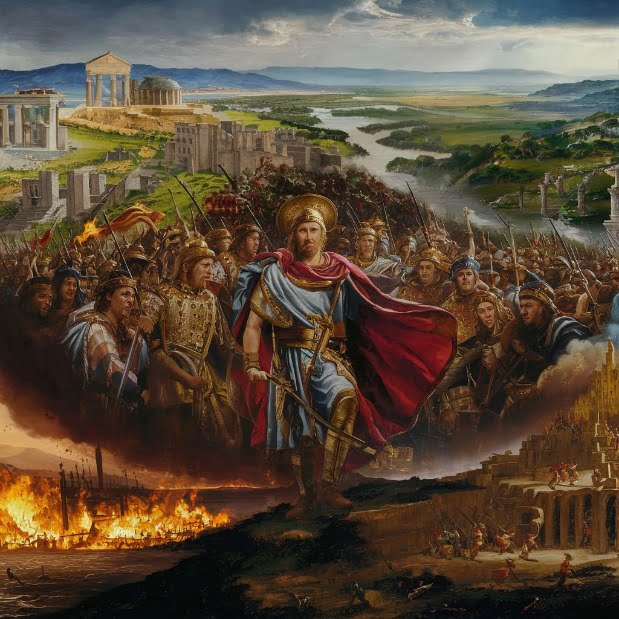Archive
You are currently browsing the archives for the Shared blog category.
By Prof. Levine & Dr. Salganik
Greetings,
Antisocial personality disorder (ASPD) is classified under cluster B of personality disorders in the American diagnostic and classification system known as DSM-5. It is diagnosed more in men than in women. This gender difference may be due to a combination of biological, social and cultural factors.
Antisocial personality disorder is characterized by a long-term pattern of manipulating, exploiting, or violating the rights of others. This disorder is often associated with criminal behavior and substance abuse, making it a significant concern in both clinical and legal settings.
ASPD is not a monolithic condition and can manifest in different forms, often overlapping with other personality disorders. Some researchers propose different subtypes based on specific traits and behaviors:
Aggressive/hostile type: characterized by open aggression, irritability and frequent physical confrontations.
Deceptive/Manipulative Type: Exhibits chronic lying, manipulation, and devious behaviors to take advantage of others.
Impulsive/Risk-Taking Type: Exhibits high impulsivity, lack of foresight, and engaging in risky behaviors without considering the consequences.
Tough/unemotional type: characterized by a deep lack of empathy, shallow emotions and a cold and detached demeanor.

AI-assisted demo
Read more »
By Prof. Levine & Dr. Salganik
Greetings to our readers
We assume that the individual's "social self" consists of the internalization of influential figures in one’s life, arranged in a hierarchical order [the group of these internalizations we metaphorically called the board of internal figures], where one or more internalized figures have the greatest influence on the individual's attitudes, feelings and behavior, which we called "the leader self" [a character who in the past was also called "the dictator self," see previous conversations]. It is possible that, similar to short-term memory, parts of which are transferred to long-term memory, even with regard to the internalization of characters, there is a short-term internalization that, depending on the circumstances, the importance and duration of the character's influence, will eventually be transferred to long-term internalization in the directorate of internalized characters.
Below we will discuss the structure of the social self: it consists of "secondary selves" which include the following types: 1) a variety of "self-representations" that originate from attitudes and feelings towards the self and its representations in different periods of life 2] representations of internalized figures that originate from the significant figures that the person is exposed to during his life, but as mentioned, there may also be imaginary characters represented in books, movies, etc. that have had a great impact on the person. 3] internalized representations of "subculture" [subculture refers to social influences in the environment in which a person lives and are not necessarily related to a specific person].

AI assisted picture: Board of Internalized Characters. The large figure expresses the internalized inner leader
Such a theoretical background in which the "social self" of the individual consists of internalizations of influential figures arranged in a hierarchical order, can perhaps explain processes in the author's creative process, as a process influenced by the dynamics of such an internalized hierarchy of figures in the writer's soul, which we called as mentioned in the metaphor "directorate of internalized characters" or "the board of the internalized characters".
Read more »
By Prof. Levine & Dr. Salganik
Mythology usually refers to a collection of stories and poems related to the ancient traditions of a particular group of people, nation or culture, and deals mainly with the plots of human gods and gods, animals and a variety of imaginary creatures.

Mythology – illustration with the help of AI
It is possible and mythological thinking was born due to the need to deal with the anxiety caused by the events of nature and life that are perceived as incomprehensible and meaningless. Myths were probably created in order to explain them, to find meaning, direction and even guidance in them. Thus, starting with the primitive man, nature was personified and perceived as threatening figures. In fact, it can be said that there was a personification and projection from the mind of the forces of nature as destructive and threatening figures. When this was first brought up through stories that constitute the beginning of the myth, there was a need to calm down and deal with the destructive and threatening narrative representations of the forces of nature. The story of the myth has now expanded to include positive characters, plot heroes who were even omnipotent.
Read more »
By Prof. Levine & Dr. Salganik
Greetings,
Today we want to talk about a topic that is important to many people. Many people want to lose weight, quite a few people want to start eating healthy or there may be someone who wants to start a vegetarian or vegan diet, quite a few people want to make a commitment to themselves and start doing sports, quite a few people promise themselves that they will join a certain workshop, or want to stop smoking or change habits, unfortunately for the most part things do not go well and if they do then only for a short period of time.
On the other hand, but interestingly, there are people who report that there are certain situations where they managed to change a habit such as quitting smoking and so on.
So an intriguing question remains here: what is behind the ability or inability to change habits?
Let's first define what a habit is: a habit is a regular practice or routine that is performed frequently, and in many cases, automatically. It is a pattern of behavior that develops through repetition and becomes ingrained, often to the point where it is carried out without conscious thought. Habits can be positive, such as exercising regularly or brushing your teeth, or negative, such as smoking or procrastination. They are created in a process where behavior is reinforced over and over again until it becomes a natural part of everyday life.
PICTURE 1

Illustration: "Yeremiah…want to change your habit? Here's an instruction book…"
Read more »
By Prof. Levine & Dr. Salganik
In our model, the self includes most of the components of the human soul. The model distinguishes between the "primary self", or the "initial self" which is in fact the basic biological core consisting of a number of innate structures and subject to increasing development during life, this self includes the instinctive emotional and cognitive parts of the person. The exact structure of the primary self and the relationships between its parts still require clarification [see previous conversations]. The primary self uses the memory stores and the abilities of cognition, emotion and more.
On the other hand, the "social self" [consisting of "secondary selves"] is built throughout life, and represents an epistructure that gradually develops from the primary self during the person's exposure to social influence, and consists of the internalization of figures significant to the person, originating from external groups or even imaginary groups (related , for example, to a story, a myth, a movie, etc.) which greatly influenced the person.
It is possible that this social self will also include the personification of objects and agencies most important to a person. We note here that only parts of the self are conscious, while other parts are not. Usually the person is not aware of the fact that the social self consists of influential internalized characters that dictate his attitudes and behavior and recognizes these as arising from his own will.
Below we will discuss the structure of the social self: it consists of "secondary selves" which include the following types: 1) the variety of representations of the "Me" that originate from attitudes and feelings towards the self and its representations at different periods in life 2] representations of internalized figures that originate from the significant figures that the person is exposed to during his life , but as mentioned there may also be imaginary characters represented in books, movies, etc. that had a great impact on the person. 3] internalized representations of "subculture" [subculture refers to social influences in the environment in which a person lives and are not necessarily related to a specific person].

AI-assisted illustration: The Board of Internalized Characters. The large figure expresses the internalized dictator-self
We refer to the social self metaphorically as the "directorate of characters" or more precisely the "directorate of internalized characters." We note that in this internalized board of directors there is usually a hierarchy in which there are more influential and dominant figures that we metaphorically called the "dictator-self or selves" and these figures set the tone and even censor and determine which content, attitudes and behaviors can be included in the board of directors. As mentioned, we will point out again that the person as a whole is not usually aware of the influence of the internalized character board and recognizes its influence as arising from his own desires and attitudes.
We will also note that, as a general rule, the board of directors is very dynamic and there are constant struggles and power relations between the internalized characters that make it up regarding the positions they will express, with the dictator-self or -selves usually dictating the tone.
This is how you can internalize various external characters that influence the person in the "directory of internalized characters", but we will emphasize again that usually the most important internalization is that of what we called the "dictator-self". Here it is about internalizing a character that has a great influence and shapes the person for good and/or bad, that has a great influence on the panel of internal characters that build the social self.
The dictator-self’s attitudes play a central role in making decisions about internalizing information and characters. He decides whether to reject the internalization or, if accepted, in what form it will be internalized. In other words, in a sense, we assume that this influential figure is also a form of internal censorship.
It should be emphasized that these are not concrete hypotheses regarding the presence of internalized figures in the inner world of the individual as a sort of "little people inside the brain", but rather in their representation in different brain areas whose nature and manner of representation still requires further research.
We will also note that although we call this character a "dictator", with the exception of a certain type, its characteristics are not the same as those of a dictatorial ruler in a certain country, but rather that this character is dominant and influential among the "characters’ board".
This model therefore holds that the social self consists of "internalized key figures [usually human], usually referring to the significant people in a person's life who have played a central role in shaping the individual's beliefs, values and self-concept. These figures may include family members, friends, mentors , teachers or any other influential person who left a lasting impression on the person. Sometimes, these will also include historical, literary and other figures who left a noticeable mark on the person and were internalized by him.
The term "internalized" implies that the influence of these key figures has been absorbed and integrated into the individual's thoughts, attitudes, and behaviors. This internalization occurs through the process of observing, interacting with, and learning from these important people. As a result, the individual may adopt certain values, perspectives, and approaches to life that reflect those of the influential figures.
These internalized figures can serve as guiding forces in decision-making, moral thinking and emotional regulation. Positive influences can contribute to a person's well-being, security and resilience, while negative influences can lead to internal conflicts or challenges in personal development.
Read more »
By Prof. Levine & Dr. Salganik
Greetings,
Attitudes affect the way we perceive and respond to the world around us. Attitudes can influence our decisions, actions, preferences, and evaluations.
Attitudes are created through a complex interplay of various factors, including:
Socialization: Attitudes are often shaped during the socialization process, which occurs mainly in childhood and adolescence. Family members, peers, teachers, and significant others influence the development of attitudes through direct instruction, observation, and reinforcement.
Cognitive processes: Attitudes can be formed through cognitive processes such as reasoning, evaluation and judgment. People may develop attitudes based on beliefs, values, and interpretations of information.
Personal experiences: Personal experiences play a significant role in shaping attitudes. Positive or negative experiences with certain objects, people or situations can influence the formation of attitudes towards them.
Media and Communication: Mass media, including television, movies, the Internet, and social media platforms, can shape attitudes by exposing people to certain ideas, values, and perspectives.
Cultural and social influences: cultural norms, traditions and social expectations contribute to the formation of attitudes. People often adopt attitudes that are consistent with the values and beliefs of their culture or social group.
Emotional reactions: emotional reactions to stimuli can also affect the formation of attitudes. People may develop positive or negative attitudes based on their emotional responses to specific objects, people, or situations.
Personal characteristics: individual differences, such as personality traits, self-esteem, and cognitive abilities, can influence the formation of attitudes. For example, people with high levels of openness to experience may be more open to forming new attitudes, while those with low self-esteem may be more resistant to attitude change.
In general, attitudes are dynamic and can evolve over time in response to new information, experiences, and social influences. In addition, attitudes can vary in strength and stability, from fleeting opinions to deeply held beliefs.
Read more »
By Prof. Levine & Dr. Salganik
Hello to our readers,
The evolution of religion in human society is a complex and multifaceted phenomenon that has been studied by researchers from various disciplines including anthropology, sociology, psychology and history. Although it is challenging to trace exact origins and trace a linear progression, there are a few key stages and developments that can be seen in the evolution of religion [Written with the help of the GPT CHAT after we checked and made many edits and additions to the text]:
1. Animism and Shamanism: Animism is often considered one of the earliest forms of religious belief, where people attribute spiritual meaning to natural elements such as animals, plants, rivers and mountains. In animistic societies, there is a strong emphasis on the interconnectedness of all living things and the natural world.
Shamanism, which probably arose within animistic cultures, includes the belief in spiritual beings or forces and the practice of shamanic rituals by people who believe they have special powers to communicate with these spirits or to cross between the physical and spiritual realms.
2. Polytheism: Polytheistic religions developed as human societies became more complex and organized. These religions include multiple gods and goddesses, each associated with specific areas such as fertility, war, agriculture, or the arts.
Polytheistic belief systems often include complex mythologies and rituals aimed at propitiating or honoring various deities. Examples include the pantheon of ancient Egypt, Greece, Rome, Mesopotamia and the Norse gods of Scandinavia.
3. Monotheism: Monotheistic religions center around the worship of a single supreme god. This development represents a significant change from polytheism and is often associated with the emergence of ethical monotheism, which emphasizes moral codes and the relationship between humans and the divine.
Judaism, founded by the Hebrew people, is one of the earliest monotheistic religions, with the belief in Jehovah as the one true God. Christianity grew out of Judaism, when the teachings of Jesus Messiah emphasized monotheism and love for God and humanity. Islam, founded by the Prophet Muhammad in the 7th century AD, also promotes monotheism, where Allah is the only God.

AI-assisted visualization
4. Organized religion: As societies became more complex, religious practices became institutionalized, leading to the formation of organized religions with established hierarchies, priests, and religious laws. These institutions played crucial roles in shaping cultural identity, social norms and governance.
For example, in medieval Europe, the Catholic Church held significant power and influence over both religious and secular matters, and played a central role in the lives of individuals and communities. Similarly, in ancient India, Hinduism developed into an organized religion with complex rituals, caste systems, and philosophical schools.
5. Secularization and rationalization: The process of secularization refers to the decline in the influence of religion in public life and the rise of secular institutions and ideologies. This phenomenon gained momentum during the Enlightenment in Europe, when thinkers advocated reason, science and individual freedom over traditional religious authority.
Rationalism and scientific inquiry challenged religious dogma and superstitions, and led to the separation of religion from the state in many societies. However, religion continues to be a significant force in the lives of individuals and communities, and the relationship between religion and secularism remains complex and multifaceted.
6. Globalization and syncretism: Globalization has enabled the exchange of ideas, including religious beliefs and practices, which has led to increased syncretism [a process of settlement and unification between different faiths] and the merging of different religious traditions. This phenomenon is particularly noticeable in areas with diverse cultural and religious landscapes, where people combine elements from multiple religions in their religious practices.
Examples include the syncretic religions of the Caribbean, such as Voodoo and Santeria, which combine African, indigenous and Christian elements. Globalization has also led to the spread of the world's major religions to new regions, resulting in the adaptation and hybridization of religious traditions.


AI-assisted visualization
Read more »
By Prof. Levine & Dr. Salganik
Greetings,
We will first distinguish between civilization on the one hand and empires and states on the other. According to Samuel Huntington [author of the book "The Clash of Civilizations,"] "Civilization is the broadest cultural entity. Civilization is the highest degree of human identity that distinguishes different groups of people. As history shows us, he believes, civilizations are "a superpower "In history that survives the many upheavals that cultures, peoples and countries can go through – ideological, behavioral, governmental, etc. Civilizations differ from each other in their basic values and basic views and assumptions in a variety of questions and ideas [see Wikipedia].
An empire, on the other hand, is defined as a political sovereignty, for example a state, which controls large areas inhabited by populations that differ ethnically and culturally from its ruling center [see Wikipedia]
In this blog we will discuss the rise and especially the fall of empires and states and we will also try to examine this through the lens of the board of internalized figures in the individual building his social self and the dominant figures in this board.

Let's first mention, as in any conversation, the model we propose for "self". First we note that in our model the self includes most of the components of the human soul. The model distinguishes between the "primary self", or the "initial self" which is in fact the basic biological nucleus consisting of a number of innate structures and subject to increasing development during life, this self includes the emotional and cognitive instinctive parts of the person. The exact structure of the primary self and the relationship between its parts still requires clarification [see previous conversations].
The primary self is using the memory stores and abilities of cognition, emotion and more. On another hand, "social self" [consisting of "secondary selves"] is being built during the whole life, and represents an epistructure that develops during the exposure of the person for social influence, and consists of the internalization of figures significant to the person, originating from external groups or even imaginary groups (related, for example, to a story, myth, film, etc.) that greatly influenced the person. It is possible that it can also include the personification of objects and agencies that are extremely important to a person.
Read more »
By Prof. Levine & Dr. Salganik
Greetings
Below we will detail the model we propose for "Self". First we note that in our model the self includes most of the components of the human soul. The model distinguishes between the "primary self", or the "initial self" which is in fact the basic biological core consisting of a number of innate structures and subject to further development during life, this self includes the emotional and cognitive instinctive parts of the person. A special structure whose characteristics are fed by the cognitive and emotional parts of the primary self is that of the six "channels of sensitivity" of the individual that are related to: status, norms, attachment to others, threat, routine, and energy level. The exact structure of the primary self and the relationship between its parts still requires clarification and it seems that the channels of sensitivity are structures whose instinctive emotional and cognitive characteristics and more are found in the reserves of the primary self.
Based on the structures of the primary self, using its memory stores and abilities, cognition, emotion and more, develops an epistructure of the "social self" [consisting of "secondary selves"], which is a structure that develops during the person's exposure to social influence, and consists of the internalization of characters that are significant to a person, originating from external groups or imaginary groups (related, for example, to a story, myth, movie, etc.) that greatly influenced the person. It is possible that it can also include the personification of objects and agencies that are extremely important to a person.
We will note here that parts of the self are conscious while other parts can be unconscious.
Read more »
By Prof. Levine & Dr. Salganik
Greetings to our readers.
First we will again define what internalized figures are: internalized key figures [usually human], usually refer to the significant people in a person's life who have played major roles in shaping the individual's beliefs, values, and self-concept. These figures may include family members, friends, mentors, teachers, or any other influential person who has left a lasting impact on the person's psyche. Sometimes, these will also include historical, literary, and other figures that left a noticeable mark on the person and were internalized by him.
The term "internalized" implies that the influence of these key figures has been absorbed and integrated into the individual's thoughts, attitudes, and behaviors. This internalization occurs through the process of observing, interacting with, and learning from these important people. As a result, the individual may adopt certain values, perspectives, and ways of approaching life that reflect those of the influential figures.

These internalized figures can serve as guiding forces in decision-making, moral thinking and emotional regulation. Positive influences can contribute to a person's well-being, security and resilience, while negative influences can lead to internal conflicts or challenges in personal development.
Recognizing and understanding the influence of internalized human key figures is essential to self-awareness and personal growth. It allows people to evaluate the values they hold, question assumptions and make deliberate decisions about the kind of person they want to be. In addition, the awareness of these internalized influences can contribute to building healthier relationships and fostering positive connections with others.
Below, we will mention again the model we propose for "self":
Read more »
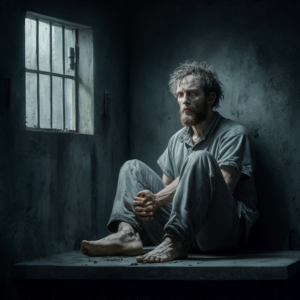
 Prof. Joseph Levine, M.D. is an emeritus associate professor in the Division of Psychiatry, Faculty of Health Sciences, Ben Gurion University in Israel. Prof. Levine is a certified psychiatrist with clinical experience in controlled trials of adult psychiatric disorders and in psychotherapy. He was awarded a NRSAD independent investigator grant for the study of Creatine Monohydrate in psychiatric disorders -- mainly Schizophrenia. He resides and treats patients in Tel Aviv and all of central Israel.
Prof. Joseph Levine, M.D. is an emeritus associate professor in the Division of Psychiatry, Faculty of Health Sciences, Ben Gurion University in Israel. Prof. Levine is a certified psychiatrist with clinical experience in controlled trials of adult psychiatric disorders and in psychotherapy. He was awarded a NRSAD independent investigator grant for the study of Creatine Monohydrate in psychiatric disorders -- mainly Schizophrenia. He resides and treats patients in Tel Aviv and all of central Israel.


